Solar Power for Your Homestead: Reliable Energy in Any Climate
Discover how solar power can provide reliable energy for your homestead. Learn about modern advancements and tips for sustainable off-grid living.
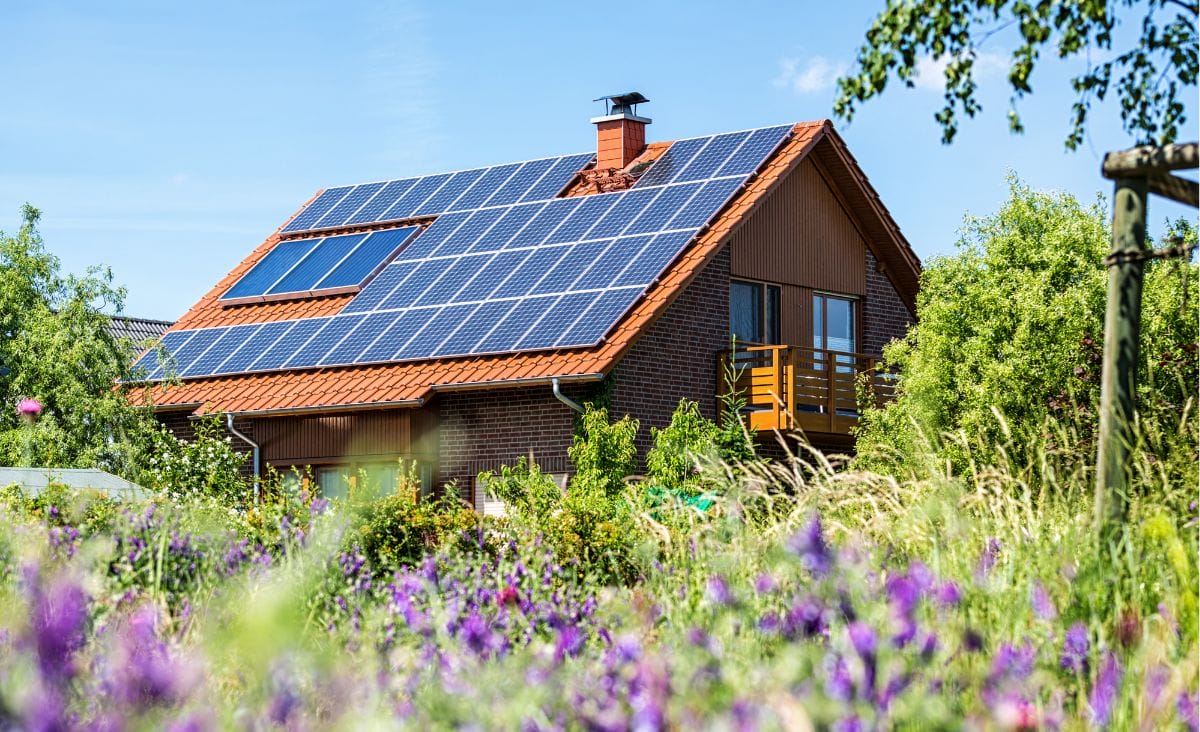
Have you ever thought about harnessing the power of the sun to fuel your homestead? Solar power is often dismissed as unreliable, expensive, or impractical in certain climates. But what if those assumptions are wrong?
Solar panels for homesteading have come a long way in recent years, offering reliable energy solutions even in less-than-perfect conditions. From powering homes in cloudy climates to reducing reliance on generators, solar power has proven to be a game-changer for off-grid living. In this post, we’ll explore how solar energy can work for your homestead, address common misconceptions, and offer tips for creating a solar system that meets your needs.
Why Solar Power Is Perfect for Homesteading
Solar power is uniquely suited for the self-sufficient lifestyle that many homesteaders embrace. It provides a renewable, low-maintenance source of energy that can significantly reduce dependency on traditional power grids or costly generators. Here’s why solar panels are a smart choice for your homestead:
Solar Power Works in Diverse Climates
Contrary to popular belief, solar power doesn’t require constant sunshine to be effective. Even in the cloudy, snowy winters of Maine, solar panels are a reliable source of energy. Modern solar technology has advanced to collect energy efficiently in overcast conditions, partial shade, and even during short daylight hours.
Here in Maine, solar power has become an increasingly popular solution for homesteads, farms, and off-grid properties. With its cold winters and fluctuating weather, Maine offers a real-world example of how well solar can perform in diverse and challenging conditions. Many homeowners in the state have already transitioned to solar, using it to power everything from lighting to heating systems, proving that solar energy works in climates with varying sun exposure.
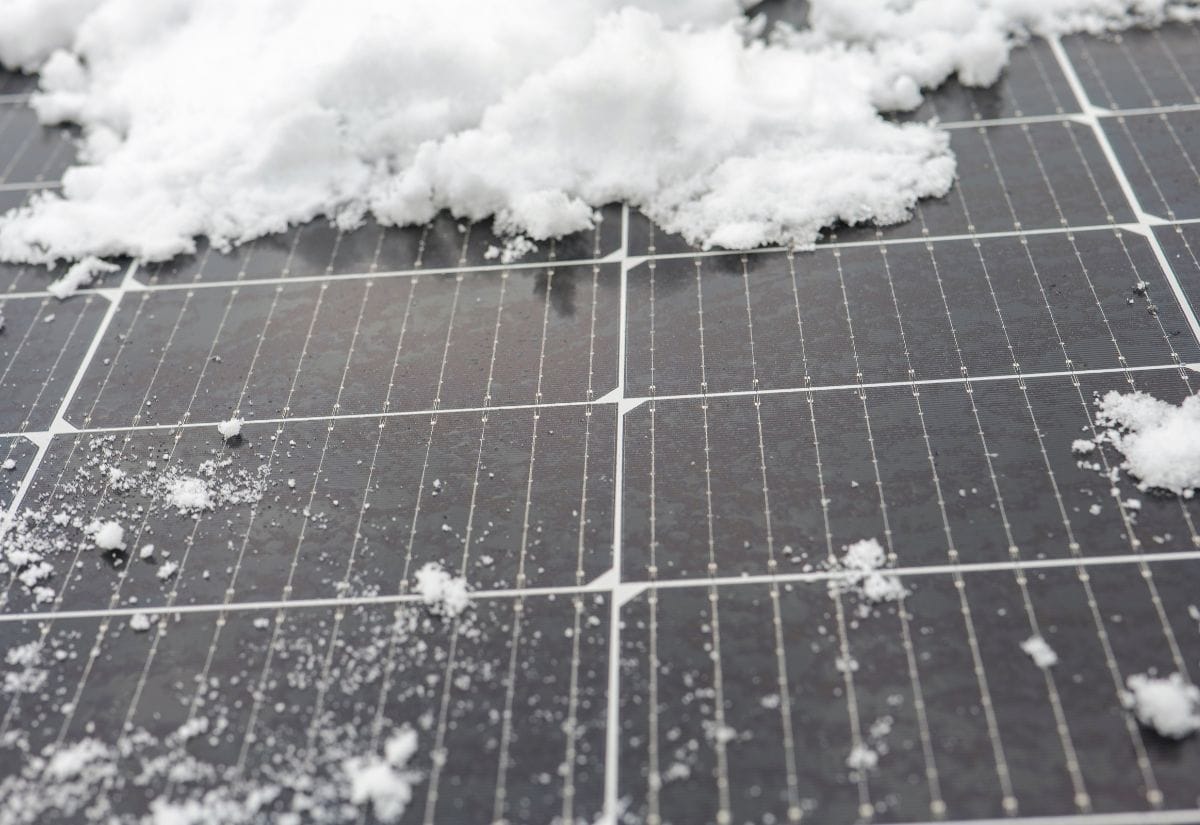
Energy Independence
Solar power allows homesteaders to achieve greater energy independence. Whether you’re off-grid or looking to reduce utility bills, a well-designed solar array can meet your energy needs with little ongoing maintenance.
By combining solar panels with a battery bank, you can store energy collected during the day to power your homestead at night or during cloudy periods. This setup eliminates the need for fuel-dependent generators or costly electricity from traditional utilities.
Building a Solar Power System for Your Homestead
Designing a solar power system starts with understanding your energy needs and selecting components that align with your goals. Here’s how to get started:
Step 1: Assess Your Power Requirements
Determine how much energy your homestead uses on a daily basis. Consider lighting, appliances, tools, and any other electrical needs. You’ll want to design a system that exceeds your daily energy use to account for cloudy days and seasonal changes.
Step 2: Select the Right Solar Panels
There are three main types of solar panels:
- Monocrystalline Panels: Highly efficient and durable, these are ideal for homesteaders with limited roof or ground space.
- Polycrystalline Panels: Slightly less efficient but more affordable, making them a good choice for budget-conscious projects.
- Thin-Film Panels: Lightweight and flexible but less efficient, these are best suited for specialized applications.
Learn the top 5 factors when considering the right panels for you.
Step 3: Choose a Battery Bank
A reliable battery bank is essential for off-grid homesteading. It stores the energy collected by your solar panels for use when the sun isn’t shining. Lead-acid batteries are common and affordable, but lithium-ion batteries are becoming increasingly popular due to their longer lifespan and greater efficiency.
Learn more about choosing the right battery for you at Aurora Solar.
Step 4: Install a Charge Controller and Inverter
A charge controller prevents overcharging and damage to your battery bank, while an inverter converts the stored DC power into AC power for household use.
Dispelling Common Myths About Solar Power
Despite its growing popularity, many misconceptions about solar power persist. Let’s address some of the most common myths:
Myth 1: Solar Power Only Works in Sunny Climates
Modern solar panels are highly efficient and can generate energy even on cloudy days. Advances in technology allow them to harvest energy from diffused sunlight, making solar a viable option in a wide range of climates.
Myth 2: Solar Systems Are Too Expensive
While the upfront cost of installing a solar system can be significant, prices have dropped dramatically in recent years. Additionally, tax credits, rebates, and incentives are available in many areas to offset these costs. Once installed, solar systems require minimal maintenance and provide long-term savings on energy bills.
Myth 3: Solar Panels Don’t Last Long
Most solar panels come with warranties of 20–25 years, but many continue to produce electricity well beyond that timeframe. In fact, panels from the 1980s are still in operation today.
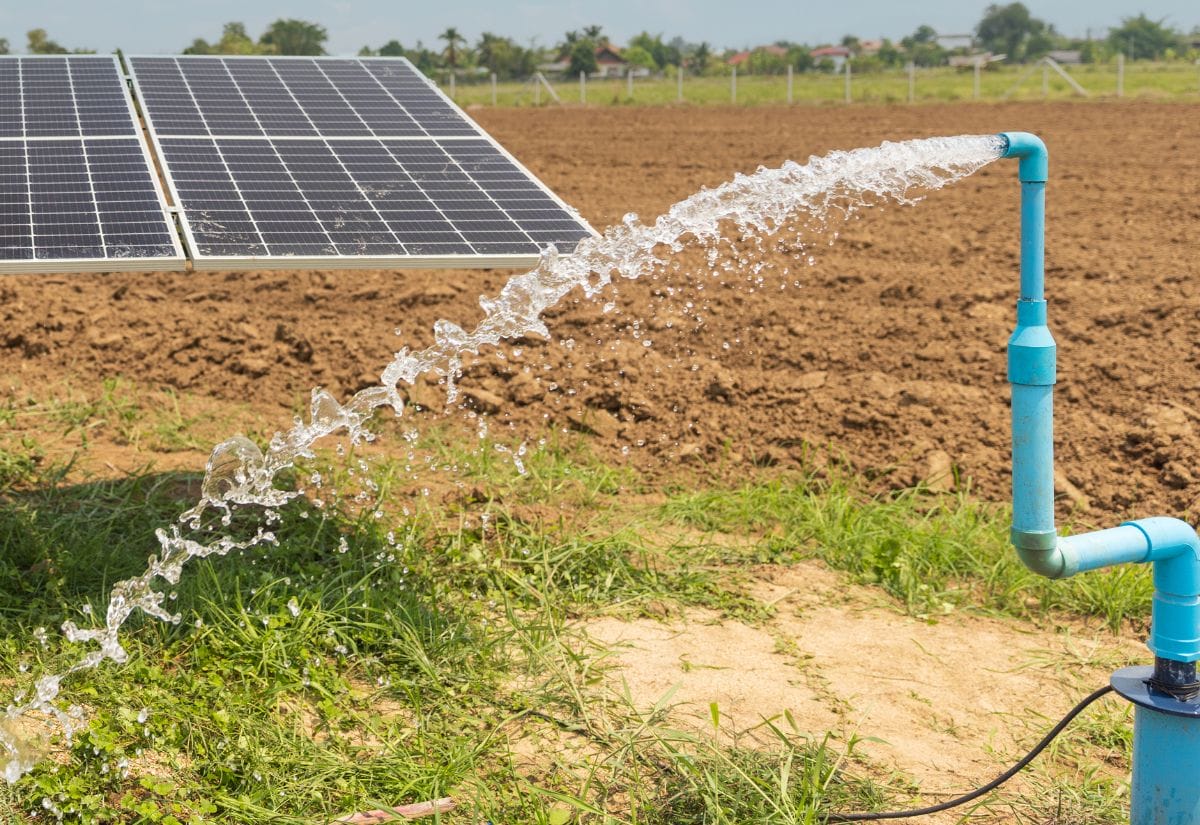
Why I Chose Solar for My Homestead
When I first installed solar panels on my homestead in Maine, it was to supplement an energy system that relied heavily on a generator. Over time, I quickly realized the benefits of solar: it was quiet, low-maintenance, and reliably produced power, even in our sometimes unpredictable weather.
Over the years, I upgraded my setup to include more efficient panels and a better charge controller, significantly increasing our energy output. Even during Maine’s cloudy winters, the solar array has met the majority of our energy needs year-round.
One of the biggest surprises has been the advancements in solar technology. Today’s panels harvest energy more effectively than ever before, even in less-than-ideal conditions. Living in a state where energy independence is crucial, I’ve come to appreciate how solar power provides consistent, reliable energy—no matter the season.
Tips for Maximizing Solar Power on Your Homestead
- Position Panels Correctly: Install your panels at the optimal angle to maximize sun exposure. Adjust the angle seasonally if possible.
- Keep Panels Clean: Dust, snow, and debris can reduce efficiency. Regular cleaning ensures maximum energy production.
- Combine Solar with Other Energy Sources: For homesteads in low-sun regions, consider supplementing solar with wind or micro-hydro power to ensure consistent energy availability.
- Invest in Quality Equipment: A reliable charge controller and battery bank can make all the difference in maintaining an efficient system.
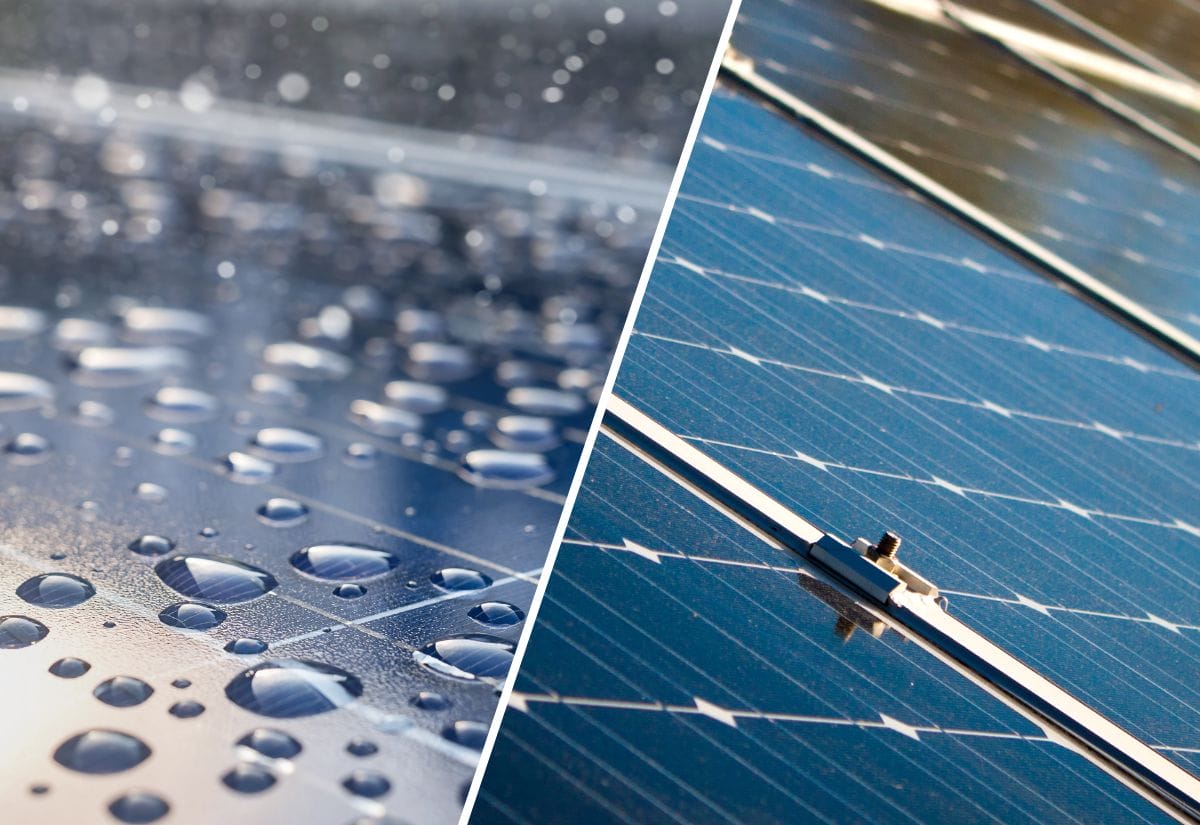
FAQs About Solar Power for Homesteading
Love what you’ve learned about solar power for homesteading? Save this guide to your favorite Pinterest board for quick access later!
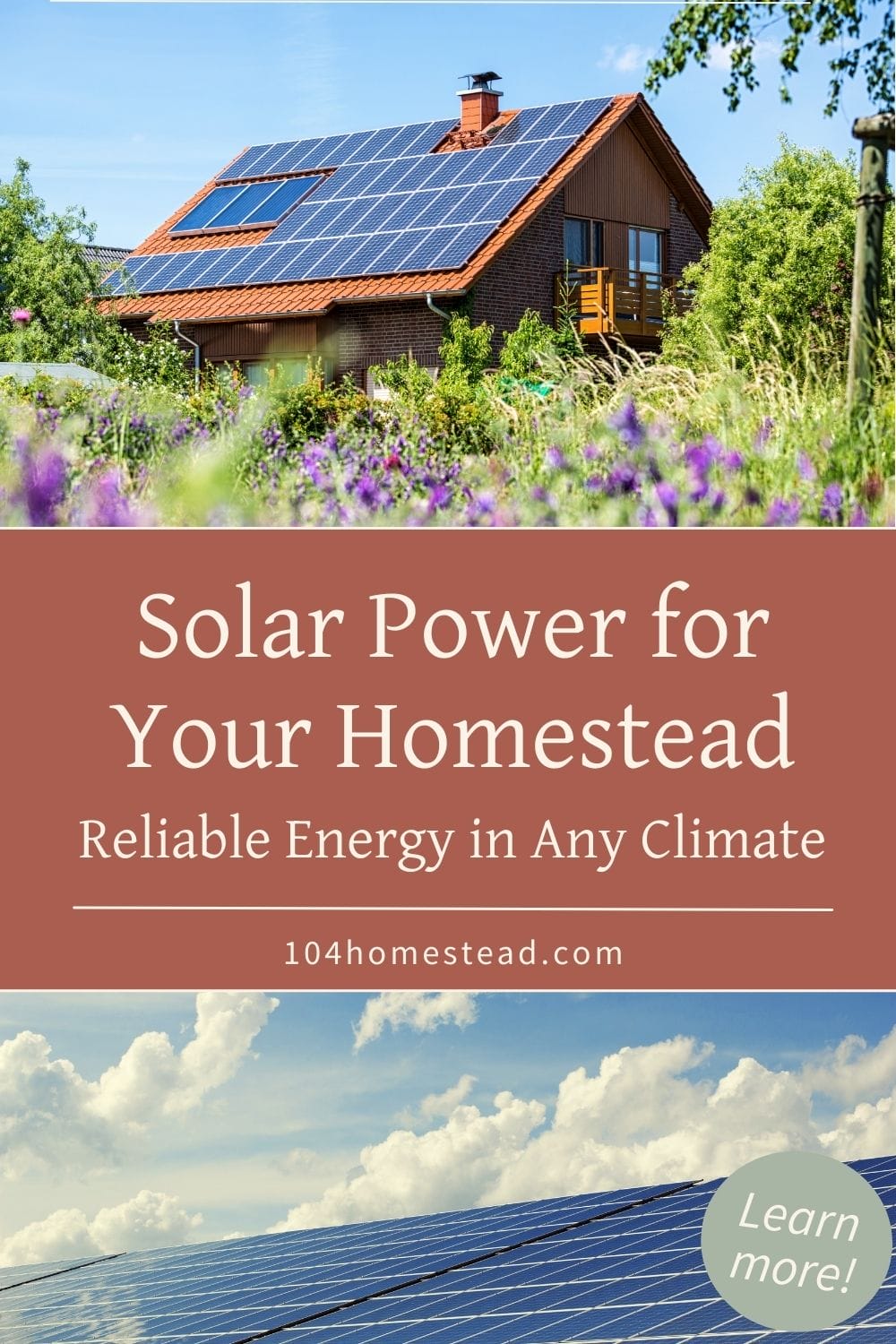
Solar power has transformed the way homesteaders approach energy. With modern advancements, it’s a reliable, affordable, and environmentally friendly option—even in less-than-ideal climates. Whether you’re looking to reduce your carbon footprint, cut costs, or achieve energy independence, solar panels can be a key part of your homesteading journey.
Harnessing the power of the sun doesn’t have to stop with generating electricity for your homestead. Did you know you can use solar energy to prepare delicious meals as well? Exploring solar cooking is a practical and eco-friendly way to make the most of renewable energy while reducing reliance on traditional cooking methods. It’s just one more way to bring sustainability into your daily life.
What’s your experience with solar power on your homestead? Share your stories and tips in the comments below—I’d love to hear how you’re making it work!



Hi everybody,
Thanks for wonderfully information to us and I was so much interested to have solar panels reason being I get lot, lot of sun in front house and in the afternoon the sun come the backside so I will be great. Although with panel I am benefitting from rain water and natural light so with you kind help I am In a perfect position to stay away from solar.
Thanks once
almas
We had the same issue with solar in Maine. The charts all say it just can’t be done because there aren’t enough sunny days….. Our two small panels and one battery run everything we need at our place. We rarely have to turn the lights out a little early.
We would also be interested ingetting a turbine, but there is no hurry.
Sarah, I wonder if maybe those prediction charts need to be updated to the newer technology? I had a devil of a time figuring out what my new array produced, working on the old model of 12/24/36 volts. It’s all a bit old fashioned now!
Good luck with the turbine. We’re in our monsoon season here, now, so ironically, in August, I’m running our wind charger some. Mostly, it’s to keep it from seizing up from lack of use, but it does round off our charge when little solar’s coming in on really socked in days.
Perhaps it’s unfair of me to piggy back this observation onto a reply to your comment, but I have to say, looking at all the misinformation, confusion, and outright fear generated by the upcoming total solar eclipse, no wonder solar power is so misunderstood in this country. It’s the 21st Century, one would hope that we would all be a bit more scientifically oriented than we seem to be!
Hey there fellow Mainer! I know quite a few people in the state that are successfully using solar exclusively. One farm near us had turbines, but switched back.
Good point! Solar technology is advancing so much nowadays, the possibilities seem endless…
We’re off the grid as well which (in our case) means we are 100% solar-dependent for our electricity needs – we do have got a gasoline generator as a backup. We’ve got a fridge & freezer combo, dishwasher, washing machine, vacuum cleaner and electric oven; a stereo and my husband’s electric guitar; incubators and electric brooders for the chicks, computers, phones and power tools. The system also supports the pumps – a pump to get the water from our (140m / 460 ft) borehole, a pressure pump that makes our showers more than just a tiny stream, a pump to get the water running through the radiators. We have a bed & breakfast and sometimes our guests bring hair dryers or water cookers, and the system has been designed to support all that. We might buy a solar oven though so I can do a bit more baking without draining the batteries – I make our own bread but also bake bread & cakes for other people, and especially in winter (shorter days) it takes a toll on the system.
Wow, Sandrine, you are a rock star! I’m in awe of all you power off your array–yours is a much more ambitious set up than ours.
Would you consider telling us the name and whereabouts of your B&B? I think Jessica would allow that. I for one would choose a solar powered B&B over any other in the neighborhood.
Linda, we use our off-grid power system far less than we might.
We use it to light our home, recharge portable batteries, power small appliances and a home theater. We don’t have a refrigerator or freezer, and we heat our water with wood, so none of those draw from the solar array or wind generator. We probably have the capacity for one or both, particularly if we seek out DC appliances designed to draw less power, but we’ve never pursued that. Our lifestyle just isn’t geared toward a lot of power usage, in general. Mostly, though, the fridge or freezer would have to come to our place on my aging back!
Can I ask, what do your solar panels power? Fridge? Freezers? Hot water system? Lights? Power points for small appliances? I’m curious about off grid solar, but my off grid would need all of the above…
I believe Mark uses them for all those types of things, but hopefully he will chime in and say for sure.
Thanks Mark. I never thought of those things when considering a windmill Solar panels are starting to come way down in price. Hopefully that trend continues.
very interesting and informative article.
Thank you for the information, I’ve always wanted to invest in a solar array, & reading your article just fanned the flames!
Plus, what a great title too! A perfect nod to Ray Bradbury
Ah, thank you, Laurinda. I meant to look it up. I’d forgotten that Ray Bradbury had used “I Sing the Body Electric”–I got it from the old Fame song!
If you’re interested, I cover the whole process of switching our emphasis from wind to solar on our blog, http://AKZeigers.com. Search “Power Shift.”
Hi Mike,
Good question! Yes, wind generators are all essentially wind-driven alternators. I don’t know for sure, but I guess the cost comes from the engineering required to make them work well. Problems include getting the most efficient drive in varying wind speeds, regulating machine movement to minimize damage (side furling mechanisms, braking, etc.) and controllers. A wind generator basically needs to endure getting the Mickey thrashed out of it while delivering power. By contrast, a solar panel has no moving parts (other than trackers, if used).
People make their own wind generators. I’ve never tried it, but I understand it can be done for a lot less cost than buying a commercially produced one.
Why are windmills so expensive? Aren’t they simply turning an alternator?